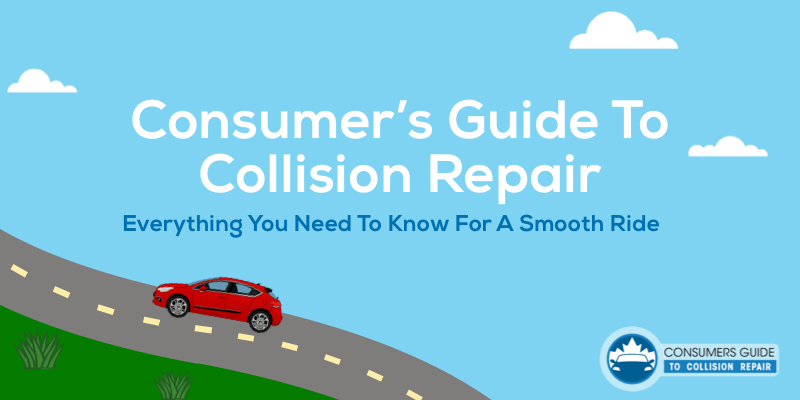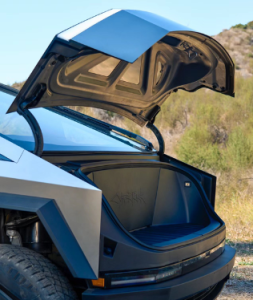With approximately 300,000 reported cases of vehicle collisions in Canada each year, The Collision Repair Bureau is thrilled to announce the launch of the Consumer’s Guide to Collision Repair, a one-stop resource to help make the lives of vehicle collision victims as easy as possible.
Statistics show that the average Canadian driver will be in a car accident at least once every 7 years. With very few drivers knowing what to do in these stressful situations, now is the time for Canadians to prepare themselves so they are ready in case of a vehicle collision. Not only will the Consumer’s Guide to Collision Repair help you through the collision repair process, but it also guides consumers towards collision preparation, as well as provides tips on how to avoid vehicle collisions entirely.
“Being in a collision can be stressful,” says Darryl Simmons, CEO of the Collision Repair Bureau. “People are often in shock, many decisions need to be made, and drivers sometimes don’t know what process should be followed. At the Collision Repair Bureau, we understand this is a scary time, and we’re here to help. The Consumer’s Guide to Collision Repair was created in the best interest of the driver, to guide them in the best direction for their collision repair experience.”
While millions of people across the globe participate in driving some sort of vehicle each and every day, driving remains a dangerous activity and can have severe consequences if not taken seriously. The dangerously high statistics of vehicle collisions per year in Canada are what drives the Collision Repair Bureau to help consumers with the aftermath of all things collision repair.
The Collision Repair Bureau recognizes stress and panic associated with vehicle collisions and the vehicle repair process across Canada, which is why the bureau has made it a priority to provide drivers with the knowledge and tools to remain smart and safe in the event of an accident.
Explore what the Collision Repair Bureau has to offer and learn about the new 10-step guide to follow after a car accident. In addition to these steps, the Collision Repair Bureau site offers valuable consumer advice including:
- Your Rights as a Consumer – Following a collision, there are a number of rights you have as a consumer. Choosing a facility, training & certification, and public vs. private insurance are just a few of the consumer rights that are covered on the Consumer Repair Bureau website.
- The Repair Process – Understand the entire repair process. From the estimate all the way to driving your vehicle out of the shop, we’ve got you covered.
- Forms & Checklists – User-friendly guides and checklists are available to help you manage essential information, including what to keep track of at the scene of the collision.
- Local Reporting Centres – Don’t know who to call after a collision? The contact information of local collision reporting centres across Ontario can be found on the website.
- Process Overview – See the choices you have to make following an accident. Which tow truck or repair shop to use, how to choose the perfect rental car, and other helpful guides.
- Videos & More! – Also found on the website are informative videos, consumer-submitted personal stories and shared wrecked-to-repaired experiences.
“With the help of the Collision Repair Bureau website, you’ll be able to make the right choices all along the way,” says Simmons.
The Consumer’s Guide to Collision Repair is dedicated to assisting individuals involved in automotive collisions and providing them with the tools and information needed in order to make the collision repair process as easy as possible.
If you would like more information on this subject, please email pr@collisionrepairguide.com









